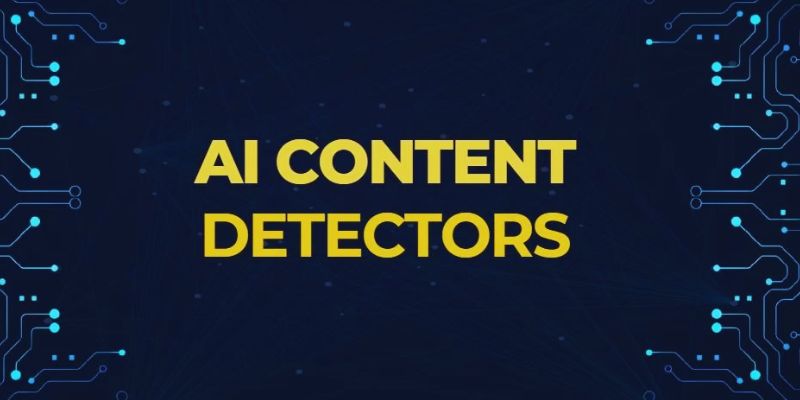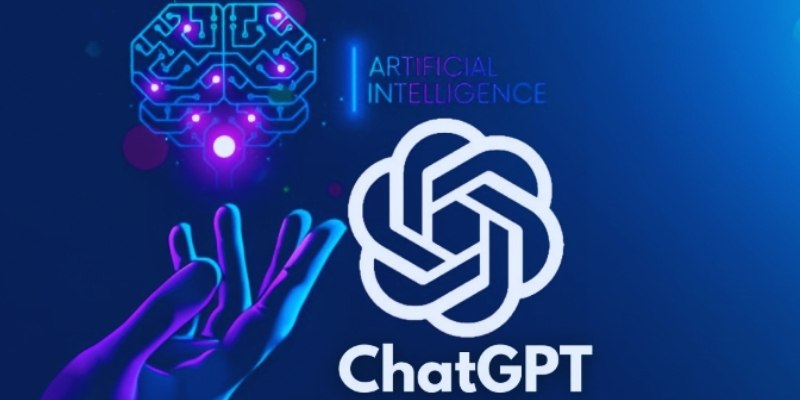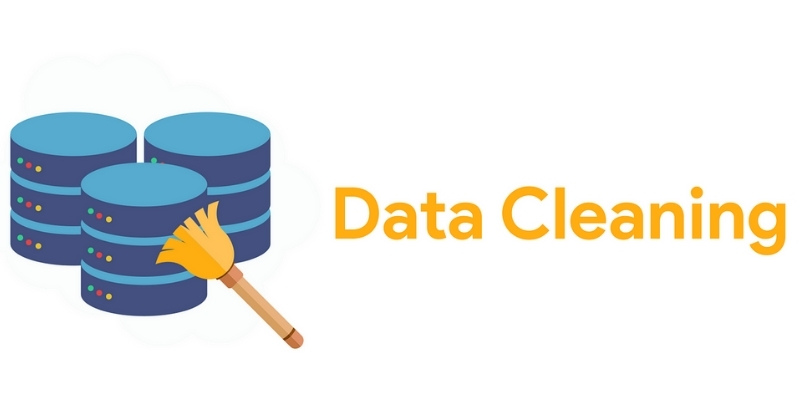AI content detectors are asserted to be able to detect AI-generated text. But they frequently fail, affecting businesses, writers, and students. Because these tools lack precision, false positives and unwarranted worries result. Many reliable sources have begged doubt on their dependability. Even OpenAI acknowledges that it is practically impossible to identify AI-generated content. Depending too much on these tools may compromise your reputation.
False findings can classify human-written content as artificial intelligence-produced, leading to unfair fines and missed opportunities. Companies using artificial intelligence detectors risk basing poor judgments on faulty data. Instead, put more emphasis on originality and quality writing than on relying on AI content detectors. Apply ethical artificial intelligence support, fact-checking, and correct research. This method reduces the dangers of erroneous detection while nonetheless improving content.

Why AI Content Detectors Are Unreliable?
Unlike genuine knowledge, artificial intelligence content detectors rely more on patterns and probability. They examine phrase-making, word choice, and predictability to ascertain artificial intelligence involvement. These techniques, though, are unreliable and readily tricked. Many human authors employ clear, disciplined writing, which artificial intelligence misreads as machine-generated. Simultaneously, AI-generated text can be altered to evade identification, rendering AI-detecting tools useless and unreliable.
Experts themselves have noted these constraints. Studies reveal that artificial intelligence detectors often mislabel original human literature as AI-generated. Many times, non-native English speakers and students are incorrectly flagged. In professional environments, this can cause lost credibility and unwarranted academic punishments. Companies depending on these tools run the danger of ignoring excellent material. They might discount quality pieces depending on erroneous artificial intelligence designations. Manual review and professional opinion are better than depending on these faulty tools.
The Risks of False Positives in AI Detection
Among the main issues with artificial intelligence content detectors are false positives. If human-written material is identified as AI-generated, there can be grave ramifications. Businesses, students, and writers all risk needless sanctions. Educational institutions use AI detectors to review student work quite a bit. These tools sometimes misidentify original writing, though. Students who have written their papers honestly could thereby be subject to charges of academic dishonesty.
False positives could sour content authors' reputations. Credibility and trust may suffer if a blog post or article is mistakenly classified as AI-generated. Companies depending on artificial intelligence detectors could reject quality material, losing possibilities. Manual review is a better strategy than depending just on AI detectors. More precisely, experienced editors and plagiarism checkers can help confirm originality. This guarantees excellent content evaluation and helps avoid erroneous accusations.
The Ethical Concerns of AI Content Detection
AI content detectors raise ethical concerns. Though they follow faulty reasoning, they impact professional and academic decisions. Often, their erroneous findings result in unfavorable outcomes. Bad AI detection penalizes many students. Though limited, institutions rely on these technologies. That can lead to unfair penalties even for original work submitted by pupils. The same issue compromises job seekers and independent writers. Errors in artificial intelligence identification can cost one employment possibilities.
Another issue is bias. Often, non-native English speakers write in ways that artificial intelligence mistakes for machine-generated language. This unfairly limits their employment and education progress, affecting their quality of life. Businesses and organizations should apply other approaches rather than relying on erratic AI detection. A fair assessment is guaranteed by looking for factual accuracy, hand-made plagiarism checks, and human judgment. Reviewing ethical materials has to give accuracy top priority above automation.
Better Alternatives to AI Content Detectors
Better strategies are required since artificial intelligence content detectors are erratic. Companies and writers should concentrate on raising content quality rather than depending on faulty artificial intelligence detection systems. One good approach is hand review. Proofreading and professional editing allow one to evaluate originality more precisely than artificial intelligence. Proofreaders fact-check material and can identify sincere writing styles. Useful also are plagiarism checkers. They evaluate material against current sources, unlike artificial intelligence detectors. It guarantees originality in writing, free from depending on pattern-based artificial intelligence analysis.
Consistent referencing policies assist academic institutions and students in confirming validity. Encouraging creative research and critical thinking enhances academic integrity without faulty AI detection methods. Human supervision also helps companies. Better than artificial intelligence detectors, trained experts can assess accuracy, content quality, and engagement. This method lowers false positives and sharpens decision-making.

How to Ensure Your Content Is Seen as Original
If you are worried about artificial intelligence detection, there are strategies to guarantee the originality of your work. The secret is to keep up a personal writing style and adhere to the finest standards for originality. Add first original ideas and own knowledge. Text produced by artificial intelligence sometimes lacks depth and human touch. Including creative ideas distinguishes human writing. Another technique is to vary the sentence constructions. AI often produces predictable patterns; hence, combining short and long phrases gives the material a more natural look.
Furthermore, fact-checking and referring to reliable sources are beneficial. Including professional views and studies helps to enhance authenticity. It guarantees higher engagement as well as believability. Editing technologies can improve material without giving it the impression of artificial intelligence developed. Expert editors or writing helpers enhance readability and preserve a natural tone. These techniques make the material more valuable and difficult for error for AI-written writing.
Conclusion:
Unreliable and capable of damaging credibility are artificial intelligence content detectors. False positives could mistakenly accuse students and authors of using AI-generated material. Companies that depend on these tools risk rejecting excellent work due to faulty detection. Emphasize originality and hand evaluation instead of employing artificial intelligence content checkers. Human editing, fact-checking, and plagiarism detection guarantee improved content evaluation. Ethical content evaluation has to give justice priority over automation. Good writing results from ability and effort rather than from artificial intelligence labeling. While utilizing human judgment increases accuracy, trusting artificial intelligence detectors may cause errors.











